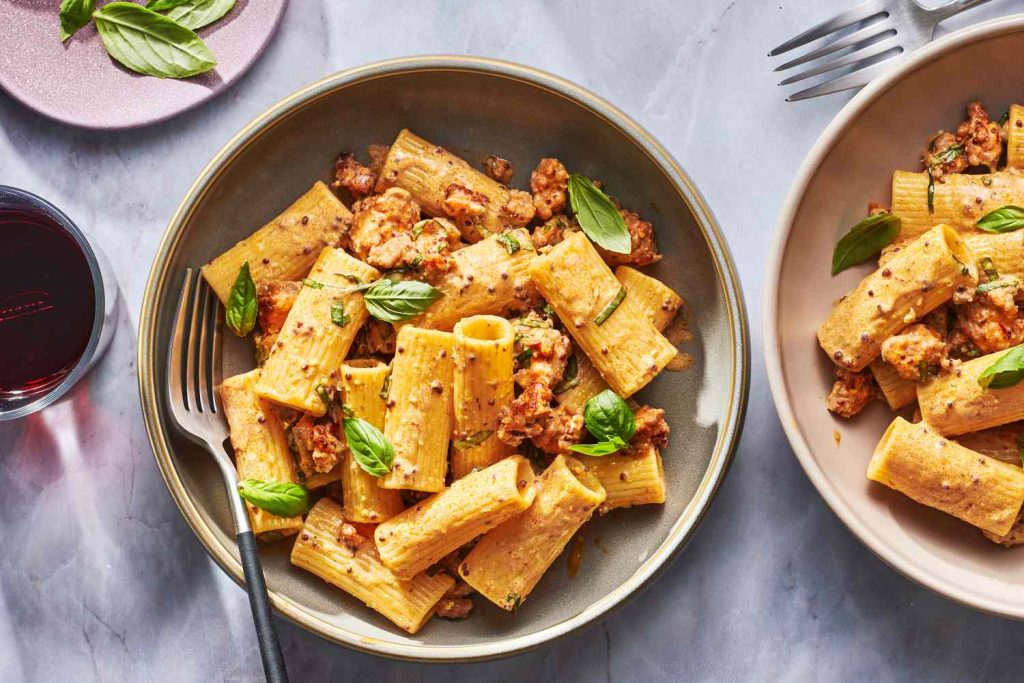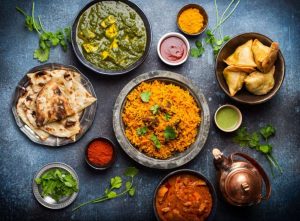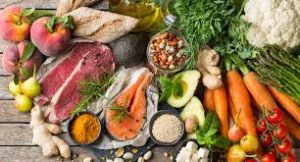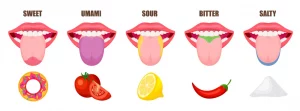
The Art of Recipe Writing A Guide for Food Enthusiasts
Recipe writing is a form of storytelling that allows you to share your culinary creations with the world. Whether you’re a seasoned chef or a home cook, writing clear and concise recipes can help others recreate your delicious dishes.
Essential Elements of a Recipe
- Title: A catchy and informative title that accurately reflects the dish.
- Yield: The number of servings or portions the recipe will produce.
- Ingredients: A list of all the ingredients needed, including measurements and units.
- Equipment: Any special equipment or tools required for the recipe.
- Instructions: Step-by-step instructions on how to prepare the dish.
- Notes: Additional tips, variations, or substitutions.
Tips for Effective Recipe Writing
- Be Clear and Concise: Use simple language and avoid jargon.
- Provide Accurate Measurements: Use standard measurements like cups, tablespoons, and teaspoons.
- Include Visuals: Photos or illustrations can help readers visualize the dish.
- Test Your Recipe: Make sure the recipe works before sharing it with others.
- Consider Dietary Restrictions: If your recipe is suitable for vegetarians, vegans, or those with allergies, be sure to note this.
Recipe Formats
There are several popular formats for writing recipes:
- Narrative Format: A story-like approach that describes the steps involved in preparing the dish.
- List Format: A numbered or bulleted list of ingredients and instructions.
- Combination Format: A combination of narrative and list formats.
Sharing Your Recipes
Once you’ve written your recipe, you can share it with friends, family, or online communities. Consider creating a food blog or joining a recipe-sharing platform to connect with other food enthusiasts.
By following these guidelines, you can write clear, informative, and engaging recipes that inspire others to cook and enjoy delicious food.





